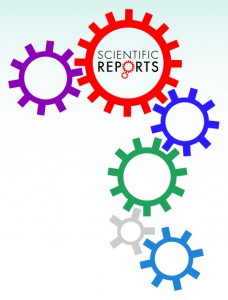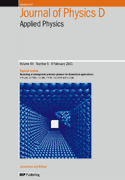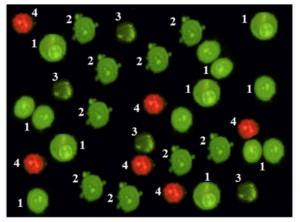 Following a massive editorial protest, Scientific Reports is admitting its handling of a disputed paper was “insufficient and inadequate,” and has agreed to retract it.
Following a massive editorial protest, Scientific Reports is admitting its handling of a disputed paper was “insufficient and inadequate,” and has agreed to retract it.
The 2016 paper was initially corrected by the journal, after a researcher at Johns Hopkins University, Michael Beer, accused it of lifting some of his earlier work. After we covered the story, nearly two dozen Hopkins researchers threatened to resign from the journal’s editorial board if the journal didn’t retract the paper — and many followed through with that threat after the journal reaffirmed its initial decision. In response, the journal said it would assemble a “senior editorial committee” to review its decision-making.
That committee, it appears, has determined that the journal erred in its initial decision. According to a statement from the journal provided to Retraction Watch:
 When a journal discovers elementary design flaws in a paper, what should it do? Should it retract immediately, or are there times when it makes sense to give the researchers time to perform a “do-over?”
When a journal discovers elementary design flaws in a paper, what should it do? Should it retract immediately, or are there times when it makes sense to give the researchers time to perform a “do-over?”

